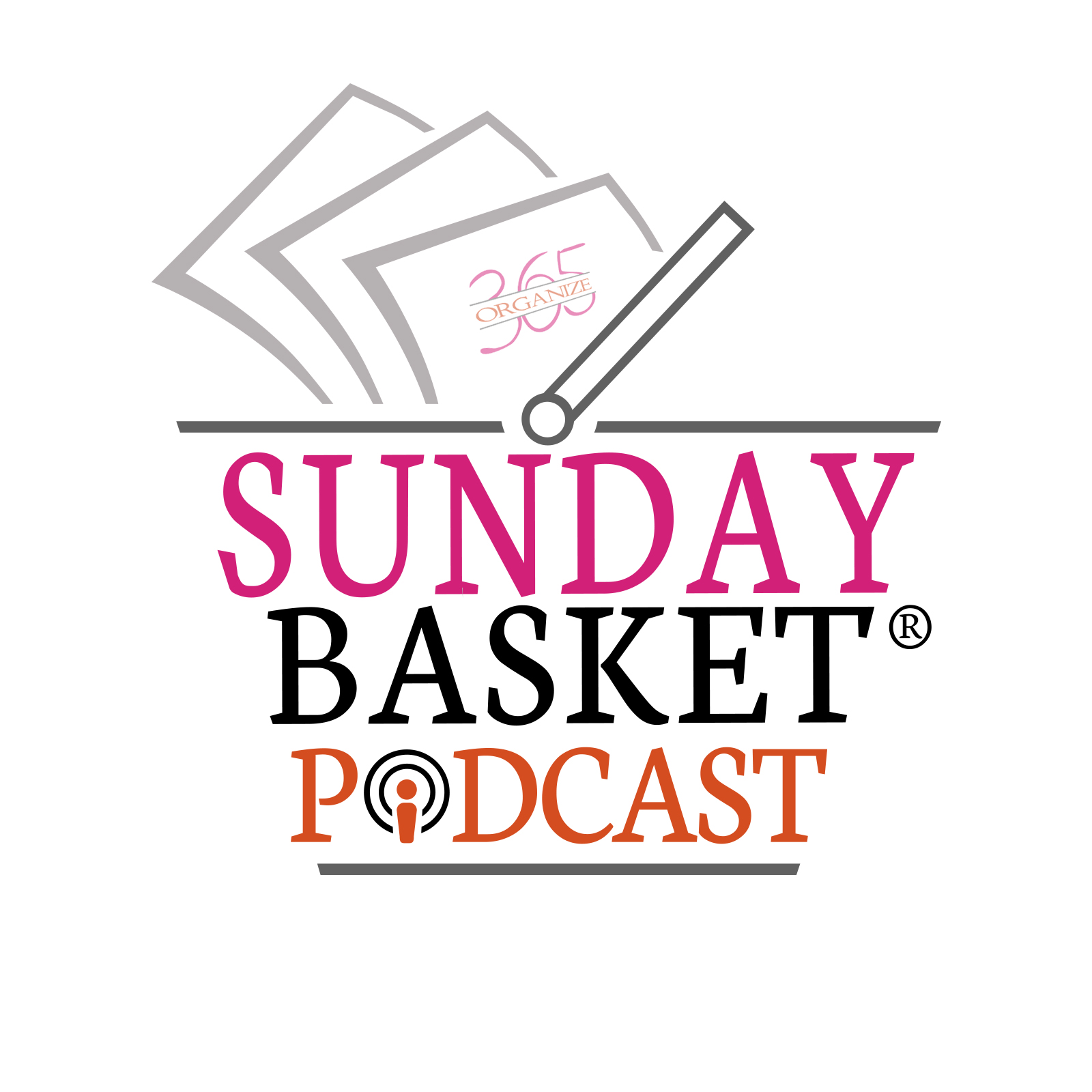022 - Lisa's Binders Part 3
Description
Lisa's Binders Part 3
In the previous podcast episode, I revealed how I organized my Household Reference and Household Operations Binders. I also talked about how I set up my binders and how important it is that you customize your binders to suit your lifestyle.
Last week, I promised that I would go into more detail about my Financial Organizing Binder in Part 3 of my mini "Lisa’s Binders" Podcast Series and that’s exactly what I’m going to do.
I’ll be honest with you, this is the binder that I did not want to make. Why? Well, this financial binder thing is a beast!
Organizing My Financial Binder
I created the Financial Organizing Binder with one thing in mind – how to settle an estate. My reasoning for this is because it’s what I needed at the time since I was in the process of settling my father’s estate. It made sense.
However, it wasn’t long before I realized that I needed a lot more tabs in my Financial Organizing Binder than I thought. Organizing my finances into a single binder seemed like a mammoth task at first. How would I fit all of the finances of a working family into one binder? Was it even possible?
Before I started pulling the hair out of my head, I decided to take a more straightforward approach. First, I began emptying our filing cabinet and sorted the documents and files into specific piles. I had a pile for everything. There was a pile that needed to be shredded and a pile for the trash.
Slowly but surely, things began to take shape. The majority of the stuff in our filing cabinet needed a place in the Financial Organizing Binder, but five tabs weren’t enough. I didn’t know how I could divide my files into the tabs provided.
Customizing The Financial Organizing Binder Tabs
The general information, current money, future money, and inventory tabs are excellent. However, I needed to organize my insurance information into three different tabs – medical insurance, home and auto insurance, and life insurance. So, I created extra tabs and divided our insurance information into three separate piles.
I also kept our retirement and security information in the Financial Organizing Binder. We have a lot of information for family members such as passwords and other personal data that we keep "just in case." So, I created a new family section to store this information in one place.
I then added a slash pocket to the Financial Organizing Binder to store all of our tax information, and put bank and credit card information into the bank account tab.
It’s important to remember that you have the freedom to customize your binders in any way that you like. Reorganizing my tabs helped me to create an organization system that works for me, so make sure that you focus on building one that works for you.
Digitalizing Your Binders
I cannot tell you the peace of mind I have knowing that all of our financial information is in one binder. However, I’m not going to say that it was easy. It wasn’t like I took my binder and immediately started sorting it out. I had to work on it – it was like a jigsaw puzzle.
The final step I wanted to take was making my binders digital. It’s not as difficult as it sounds. I took the printable papers from one binder at a time and ran it through my scanner. I then created a PDF document for each binder, giving me the ability to email or text the document to anyone so they can save it on their phone.
So, that’s everything you need to know about my binders. I hope you enjoyed this mini-series of what’s inside my personal binders and found some useful tips and tricks to help you organize your own binders.
I’d love to hear from you. Let me know how the binders are working for you and if you made any modifications to your binders. And don’t forget to share in the Organize 365 Facebook Group, too.








